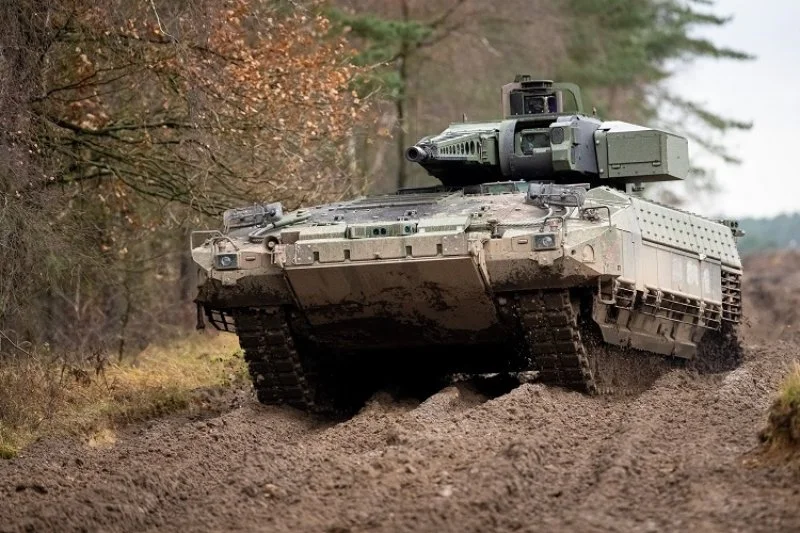
The manufacturing costs of Germany’s “Puma” mechanised infantry fighting vehicle (IFV) has reportedly exceeded initial estimates of the government by Euro 2.9 Billion, German media has reported.
According to Berlin’s N-TV channel, price of developing and manufacturing the Puma has “almost doubled.”
The German Defense Ministry has stated the reason behind inflating costs of the army vehicle is procurement of additional hardware. The ministry stated that the price hike “was agreed” upon in the contract.
The army is eyeing to buy 350 units of the IFV to replace the ageing fleet of Marder vehicles. The price of a single unit has risen by nearly Euro 7million.
The IFV has a hydro-pneumatic chassis and is equipped with MK30-2/ABM 30mm automatic cannon and programmable ammunition. It has a top speed of 70 km/h.
A modular protection system consisting of active and passive components protects the crew from mines, improvised explosive devices, bomblets, shrapnel and ballistic threats such as shaped charges and kinetic energy rounds.
Digitized command and control technology make it easier for the crew to operate the vehicle and its subsystems, simplifying command procedures and bringing the Puma directly into the networked operations loop.
Advanced optics, optronics and sensors give the crew situational awareness, enabling early detection and high precision engagement of emerging threats.
Deliveries to the Bundeswehr are scheduled to be completed by the end of next year.
